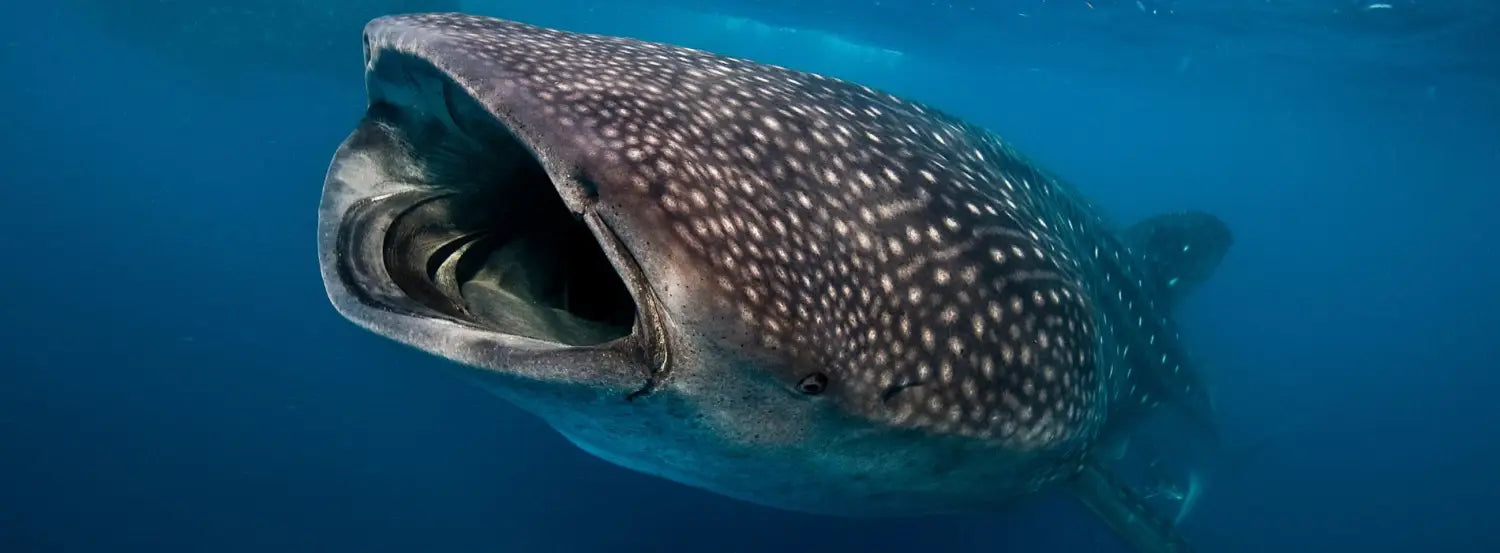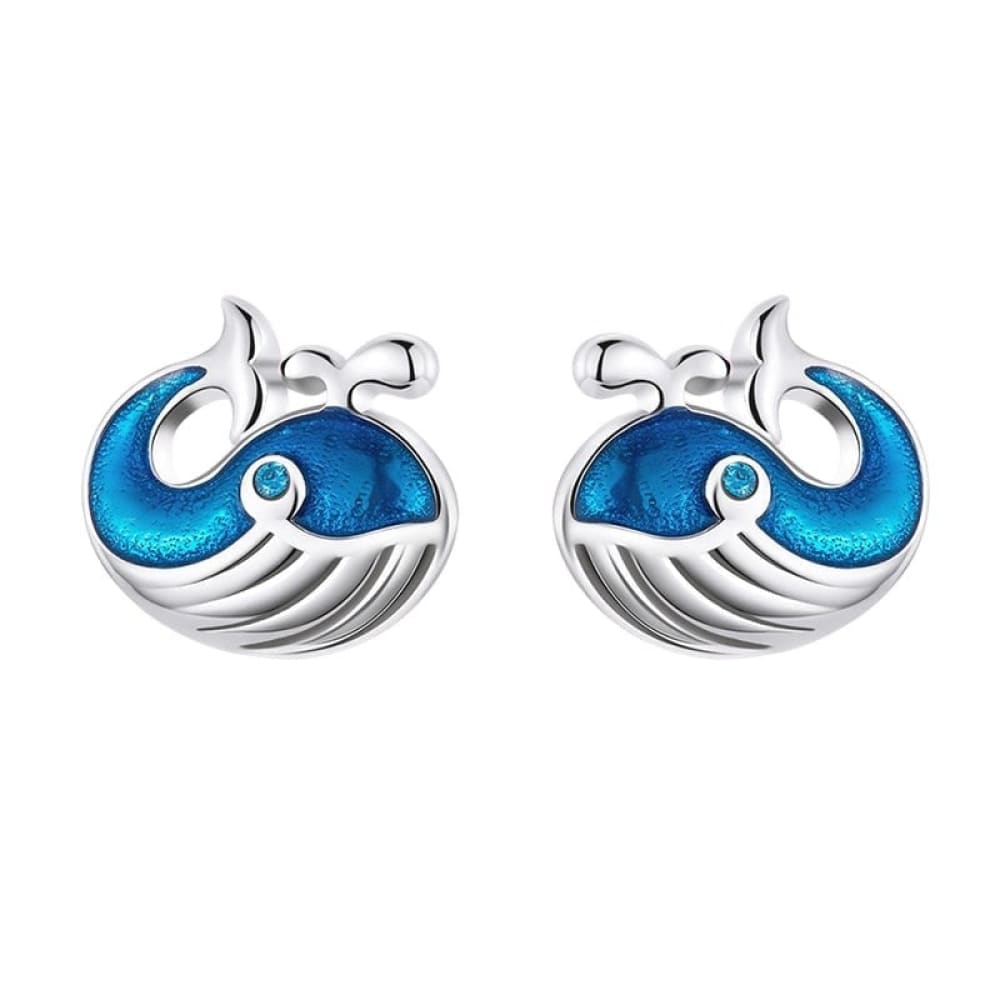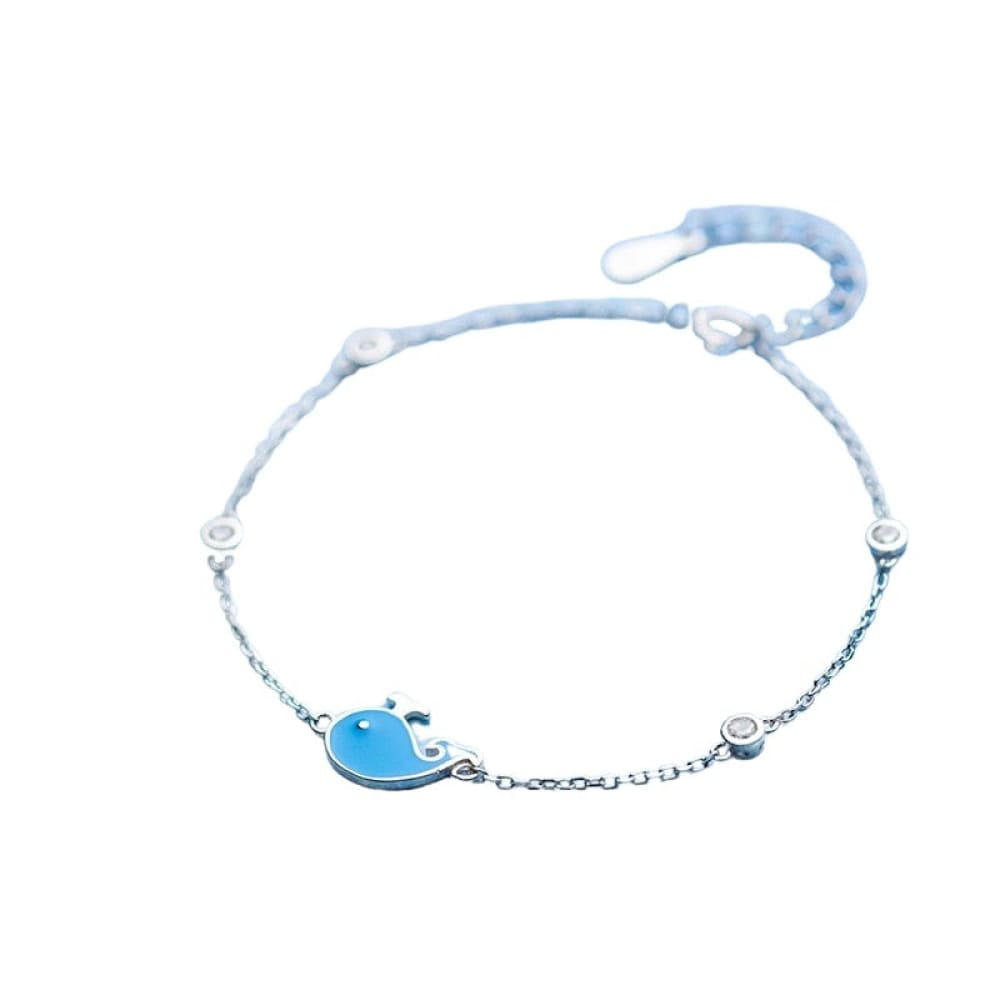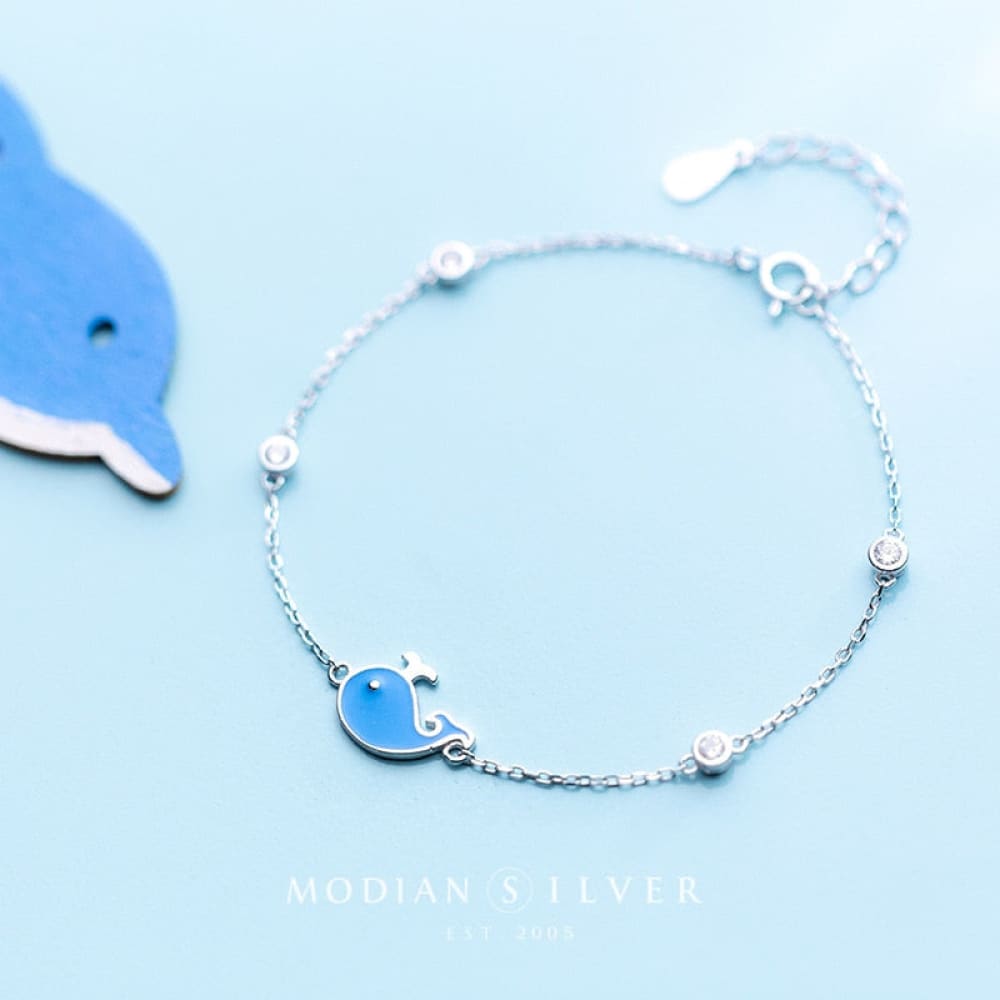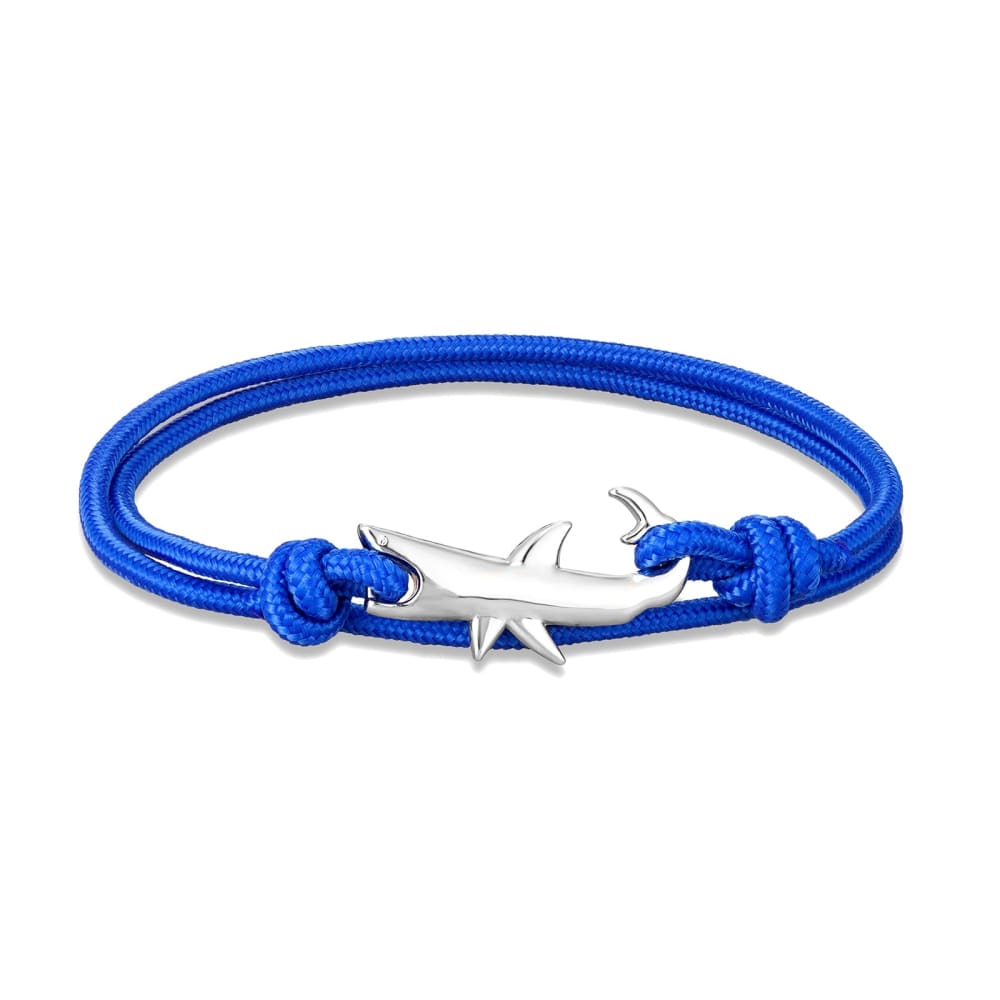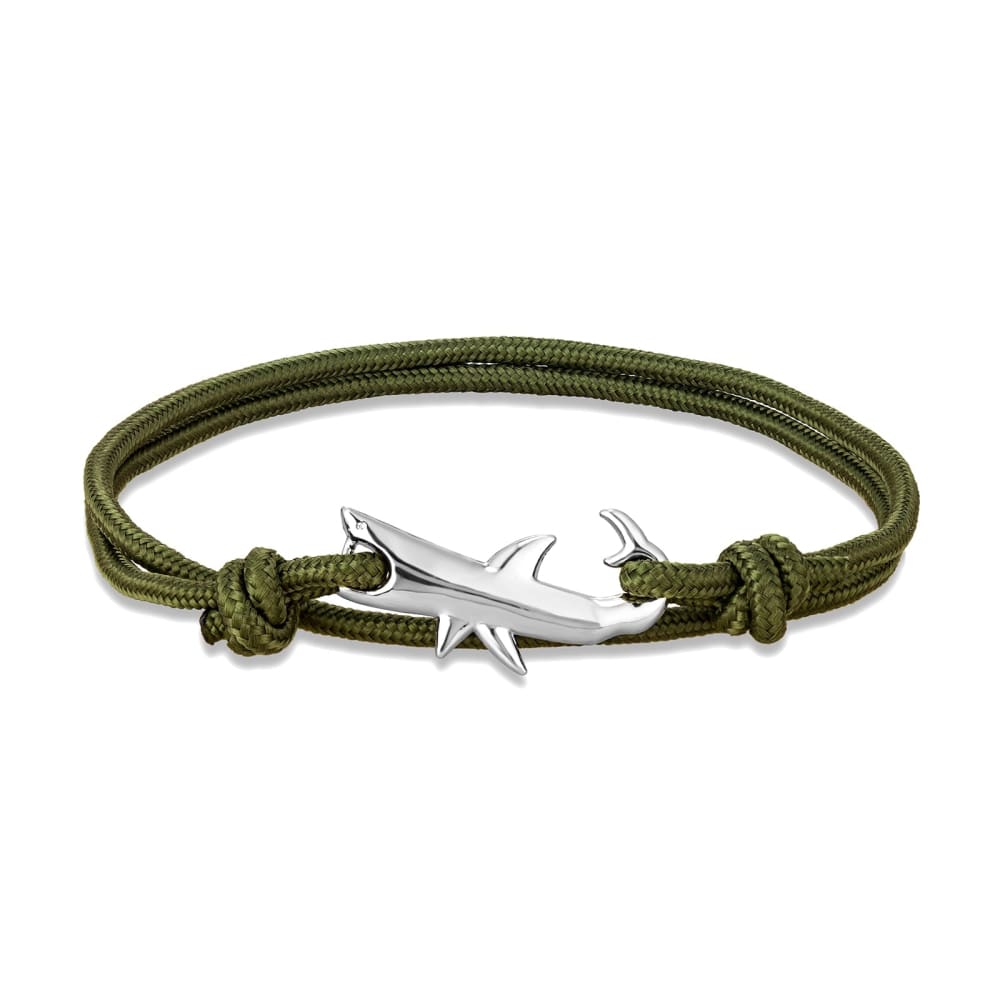The ocean is home to many extraordinary creatures, but few capture our imagination quite like the whale shark (Rhincodon typus). This majestic animal, known for its enormous size and gentle nature, holds a special place in the hearts of sea-lovers around the world. In this article, we will dive deep into the fascinating world of the whale sharks, exploring its biology, behavior, and the conservation efforts aimed at protecting these incredible animals.
A Living Legend: Largest Living Shark Species
The whale shark is the largest known extant fish species, boasting an incredible size that sets it apart from all other underwater creatures. With the largest confirmed individual measuring a staggering 18.8 meters (61.7 feet) in length, the whale shark holds multiple records for size in the animal kingdom. This slow-moving filter feeder is not only the largest non-mammalian vertebrate but also the largest living species of fish.
A Gentle Giant: Anatomy and Characteristics
Whale sharks possess a unique set of physical characteristics that make them easily recognizable. Their broad, flattened head is adorned with a large mouth and two small eyes located at the front corners. Unlike most other sharks, the mouth of a whale shark is positioned at the front of its head rather than on the underside. With mouths that can contain over 300 rows of tiny teeth and 20 filter pads, these gentle giants are true filter feeders.

The skin of a whale shark is dark grey with a white belly adorned with pale grey or white spots and stripes, creating a unique pattern that is distinct to each individual. With a skin thickness of up to 15 centimeters (5.9 inches), the whale shark's skin is incredibly tough and rough to the touch. Along its sides, the shark boasts three prominent ridges that start above and behind the head and end at the caudal peduncle. It also features two dorsal fins set relatively far back on the body, a pair of pectoral fins, a pair of pelvic fins, and a single medial anal fin. The caudal fin of a whale shark has a larger upper lobe than the lower lobe, a characteristic known as heterocercal.
A Window into the Deep: The Eyes of the Whale Sharks

The eyes of the whale shark are a marvel of adaptation to its deep-sea habitat. These eyes possess unique features that allow the shark to see in dim light and tolerate extreme temperatures. The light-sensing pigment in the rod cells of the retina, called rhodopsin, is sensitive to blue light rather than green, making the shark well-suited for the deep ocean where blue light predominates. Additionally, the eyes of the whale shark have lost all cone opsins except for LWS, allowing it to see well in the limited light conditions of the deep sea.
The Mysterious Life of the Whale Shark
The life cycle of the whale shark is still largely shrouded in mystery, but scientists have made significant strides in understanding its growth, longevity, and reproductive habits. While there is no robust estimate of the global whale shark population, the species is considered endangered due to the impacts of fisheries, by-catch losses, and vessel strikes, coupled with its long lifespan and late maturation.

Whale sharks are known to exhibit sexual dimorphism, with females growing larger than males. Studies have estimated the age at maturity for males to be around 25 years, with females possibly maturing at a similar size or larger. The maximum length of the species is uncertain, but reports of individuals measuring up to 18 meters (59 feet) in length have been documented.
A Wanderer of the Sea: Distribution and Migration
The whale shark is a migratory species, inhabiting tropical and warm-temperate seas around the world. It can be found in both coastal and oceanic habitats, displaying dynamic patterns of habitat utilization in response to the availability of prey. While its primary range spans between 30°N and 35°S, whale sharks have been spotted as far north as the Bay of Fundy in Canada and as far south as Victoria, Australia. Seasonal feeding aggregations occur at various coastal sites, such as the Persian Gulf, Ningaloo Reef in Western Australia, and the Quintana Roo region in Mexico, among others.

A Gentle Feast: Feeding Habits and Food Diet
The whale sharks is a remarkable filter feeder, specializing in feeding on plankton and small nektonic life. Its unique feeding apparatus, comprised of filter pads and rows of tiny teeth, allows it to efficiently strain prey particles from the water. Whether through ram filtration or active suction feeding, the whale shark is adept at consuming vast amounts of plankton, copepods, krill, fish eggs, and even clouds of eggs during mass spawning events.
The Whale Sharks and Humans: Interactions and Conservation

Despite its enormous size, the whale shark poses no threat to humans. Its docile nature has made it a favorite among divers and snorkelers, who have the incredible opportunity to swim alongside these gentle giants. However, it is crucial to respect their natural behavior and maintain a safe distance to avoid causing them distress.
Conservation efforts are essential to the survival of the whale shark species. The whale shark is classified as endangered by the International Union for Conservation of Nature (IUCN) due to various threats, including fisheries, by-catch, and vessel strikes. Many countries have implemented protective measures, such as fishing bans and regulations, to safeguard this iconic creature. However, continued research, education, and public awareness are crucial to ensuring the long-term survival of the whale shark and its unique place in the marine ecosystem.
If you want to learn more about the sharks family, click here !
In Captivity: The Whale Shark as an Ambassador for Conservation

While the large size and specific feeding requirements of the whale shark make it challenging to keep in captivity, several public aquariums have successfully housed these majestic sharks. Institutions such as the Okinawa Churaumi Aquarium in Japan and the Georgia Aquarium in the United States have played a vital role in educating the public about the importance of marine conservation through their display of whale sharks. These aquariums provide an opportunity for people to witness the beauty and magnificence of these gentle giants up close, fostering a deeper appreciation for marine ecosystems and the need to protect them.
Our l wastords...
The whale shark is undoubtedly one of the most awe-inspiring creatures of the sea. Its massive size, unique feeding habits, and gentle nature make it a true marvel of the underwater world. As we continue to learn more about this incredible species, it is our responsibility to ensure its survival by actively participating in conservation efforts, supporting research initiatives, and promoting public awareness. By doing so, we can help preserve the legacy of the whale shark for generations to come.
We searched a maximum of information about this marine animal for you have the best content as possible. We hope you have liked this article about the whale sharks and learned a few things !
Feel free to subscribe to our private newsletter, you will receive a 10% bonus discount for our sea jewelry collection. You will also be notified via email when we release newest ocean articles !
Feel free also to go check out our website, we provide you the best sea facts content and we offer the best nautical jewelry piece all around the globe !

